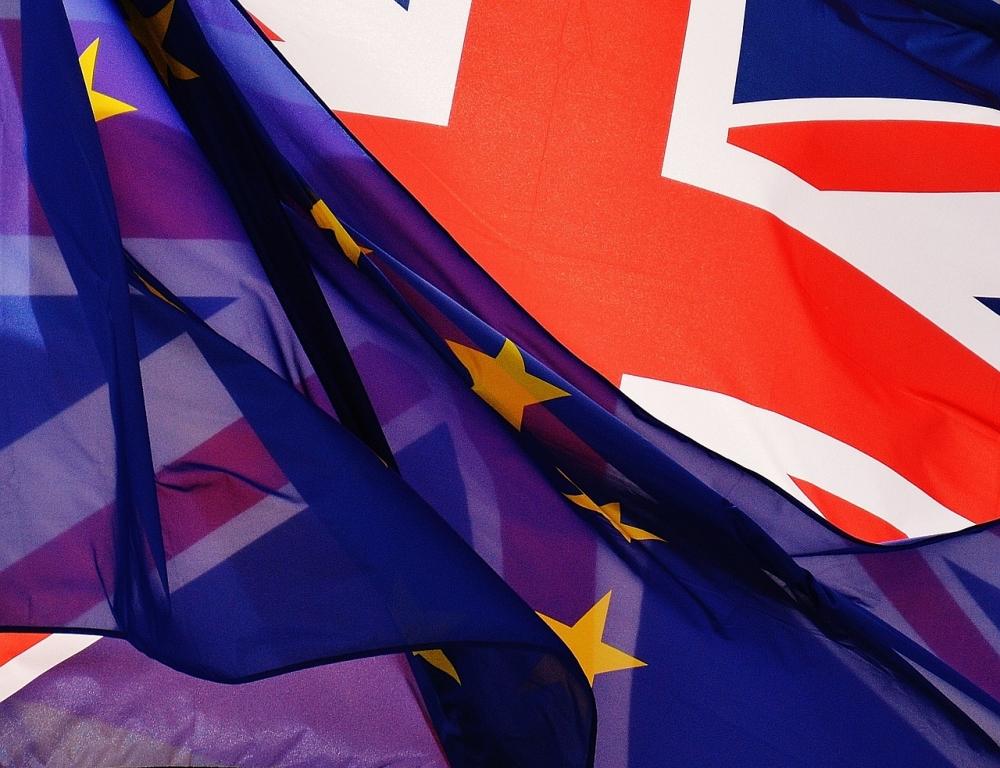BNY Mellon: Brexit: Key Facts
BNY Mellon: Brexit: Key Facts

By Simon Derrick, Chief Currency Strategist, BNY Mellon
By Simon Derrick, Chief Currency Strategist, BNY Mellon
The period between now and early January is one of intense political uncertainty for the UK.
Here are some of the key dates and points to bear in mind.
Key Dates
December 10-12: Vote in House of Commons and House of Lords on EU withdrawal treaty
December 13: EU summit
December 20 to January 7, 2019: UK Parliamentary recess
March 29, 2019: Brexit cut-off
The Vote in the UK Parliament
The UK government must command 320 votes in the House of Commons to achieve a simple majority. It currently holds 318 seats. However, as the Speaker and one Deputy Speaker are Conservative MPs, this means it has 316 effective voters.
With the addition of 10 Democratic Unionist Party (DUP) MPs this takes the number to 326 compared to 313 active lawmakers on the opposition benches. However, Arlene Foster, leader of the DUP, reiterated to the BBC over the weekend that there are no circumstances under which she would back the deal.
Estimates vary over how many pro-Brexit Conservative MPs are opposed to the deal. The most conservative estimate is about 40.
Similarly, it’s hard to come up with an accurate number of how many remain-supporting Conservative MPs will vote against the deal. The BBC estimates around 14.
Opposition leader Jeremy Corbyn has said that Labour will oppose the deal when it comes to the vote. Recent estimates are that around 15 Labour MPs will rebel against the party line.
One Liberal Democrat MP, Stephen Lloyd, says he'll vote in favor of the deal.
The SNP is set to vote against the deal when it comes to Parliament.
Based upon what is known, it looks as if the government might struggle to get much more than 278 votes in favor of the deal while those voting against it could reach 361.
The Prime Minister has refused to say whether she will resign if the deal is rejected.
A General Election
This is Labour’s preferred option.
The Guardian notes: “Rumors have been swirling at Westminster for some time that May could choose to take the ultimate gamble and hope that voters would back her deal, over the heads of squabbling MPs.”
UK PM Theresa May has been consistently targeting public opinion rather than support from MPs over the past few days. On Sunday she tweeted a letter urging UK citizens to "come together again as one people”. She has also proposed the idea of a televised debate with Labour leader Jeremy Corbyn.
Polling by Lord Ashcroft on the question “Should there be a new general election before the terms of Brexit are finalized?” showed 54% of respondents answering “no, there should not” and 22% saying “yes, there should”.
YouGov polls taken in November show support for the Conservative Party running at between 39 and 41%.
A Second Referendum
A second referendum can only happen if the government brings new legislation to hold one and secures the approval of a majority of MPs.
Around eight Conservative MPs publicly support a second referendum and around 44 Labour MPs. The SNP and the Liberal Democrats also support such a move.
The Guardian notes that “a growing number of frontbenchers believe Labour may need to “swerve” towards a “people’s vote”, as one put it, if public opinion swings behind the idea
